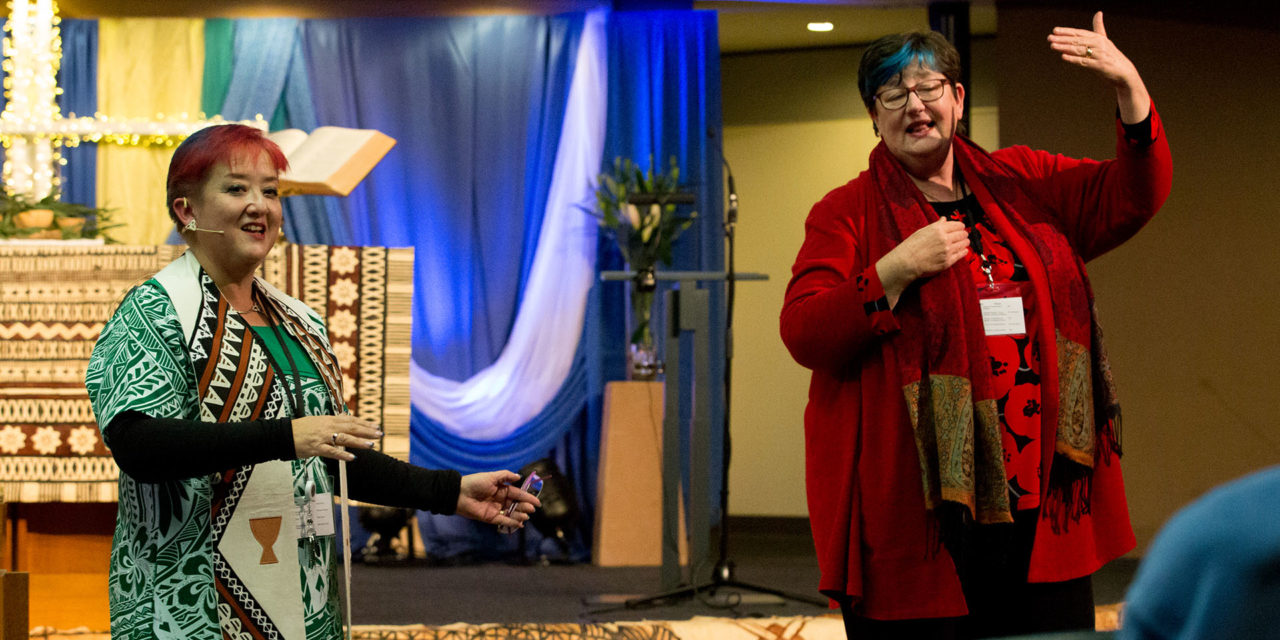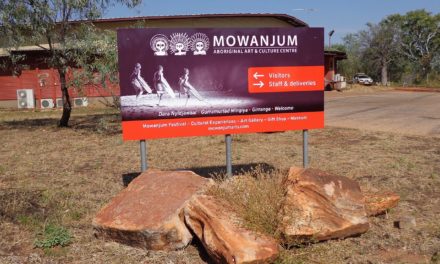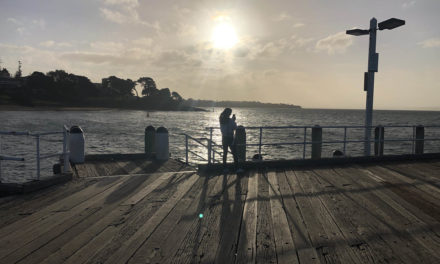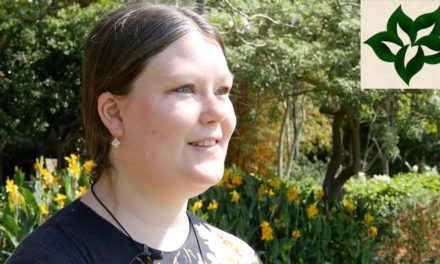Many of our congregations comprise people from diverse backgrounds, cultures and ethnicities. A significant proportion were born overseas. Our region, like Australian society in general, is characterised increasingly by people who are first or second generation migrants. What does this mean for our community life and our worship?
Churches of many cultures often have a dominant culture. In the UCA this consists of Anglo-Celtic Australians. While it was often the case that the minister was also Anglo, today our ministry leadership is also more diverse. Anglo ministers leading multicultural congregations. CALD ministers leading predominantly Anglo, yet also multicultural, congregations.
 In July the presbytery hosted a session with Rev Dr Amelia Koh-Butler on Worship in Multicultural Congregations. A dozen of us met at Noble Park while Amelia joined us online from Sydney. Amelia is the minister at Eastwood UC, a culturally diverse congregation in Sydney. She has been the Convenor of the Assembly Circle Seeking Common Ground and was formerly the Convenor of the Assembly Multicultural Ministry Reference Committee. Amelia has a DMin in Intercultural Studies from Fuller seminary and years of experience in working cross-culturally.
In July the presbytery hosted a session with Rev Dr Amelia Koh-Butler on Worship in Multicultural Congregations. A dozen of us met at Noble Park while Amelia joined us online from Sydney. Amelia is the minister at Eastwood UC, a culturally diverse congregation in Sydney. She has been the Convenor of the Assembly Circle Seeking Common Ground and was formerly the Convenor of the Assembly Multicultural Ministry Reference Committee. Amelia has a DMin in Intercultural Studies from Fuller seminary and years of experience in working cross-culturally.
Amelia spoke about ways of including people from diverse languages and cultures in the opening of worship – for example the candle-lighting being spoken in different languages. She described bringing non-Anglo cultural practices and symbols into the worship experience. Even when it comes to holy communion, Amelia reminded us (based on her own doctoral research) that we all bring differing experiences and understandings to the table.
We also noted that worship is not just about what we do, but about who is involved in preparing and leading.
 Recently Dev Ananharajan shared this list of suggestions from the United Church of Canada.
Recently Dev Ananharajan shared this list of suggestions from the United Church of Canada.
- Learn a song from another language
- Learn symbolic gestures from the cultures in your congregation
- Display cultural symbols in the worship space
- Have the Bible read in a cultural language
- Do whatever is possible to ensure everyone has a chance to use their own language.
- Try to express yourself in plain English, not academic English.
- Consider providing simultaneous interpretation and written translations.
- Invite people to pray in their own language—God does not require English!
- Preach about anti-racism
- Talk about our call to be an intercultural church
Use diverse imagery to describe God. In the Bible, God is described as being like
- an eagle
- a loving father
- a protective mother hen
- a rock
- a roaring lion
- a potter
- a judge
- a jealous husband
- a woman giving birth
- a good shepherd
- a persistent widow
- and many more
This gathering was part of what will be a series of ongoing gatherings of leaders of multicultural congregations.





